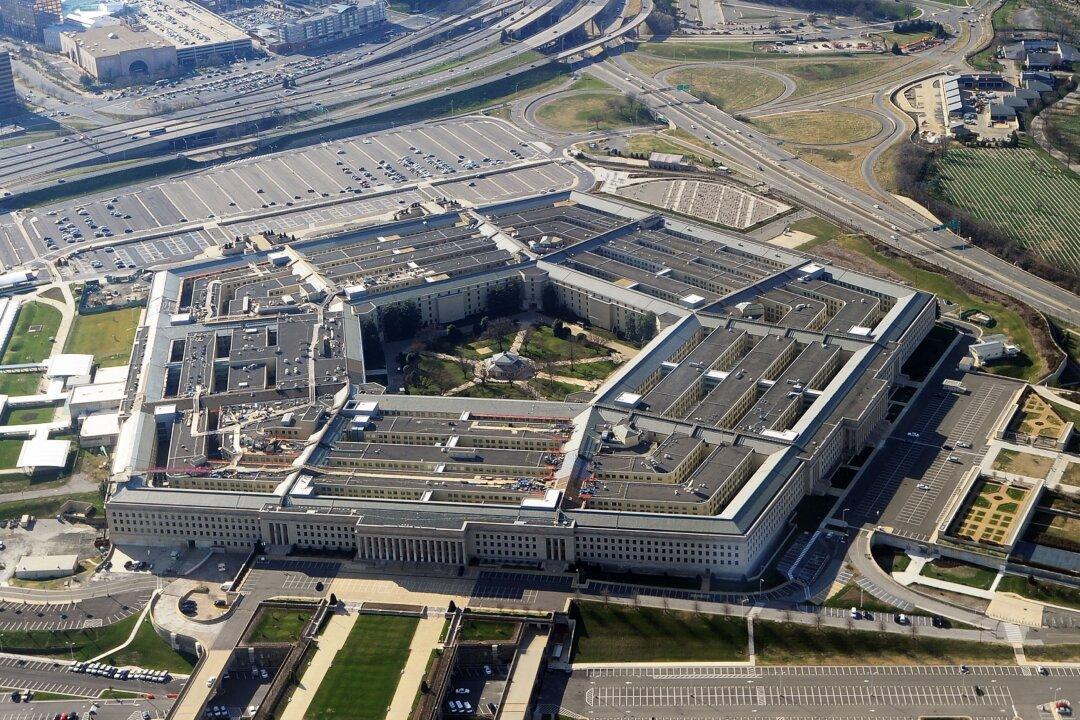Commentary
A state-owned cyber theft actor that usually “only” steals information and gathers data in the United States and other places has been tasked by Chinese Communist Party (CCP) leadership with a new role of disrupting and even disabling America’s critical infrastructure. Moreover, the hacker group is in a position to do so right now.





